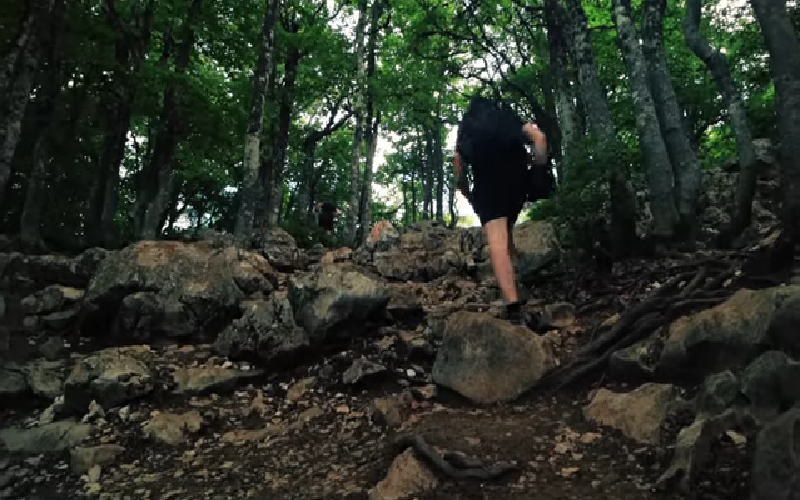On April 11, 1945, prisoners of the Buchenwald concentration camp rebelled, and after the UN approved this day as memorable for all humanity – the International Day of the Liberation of Prisoners of Nazi Camps.
Graduate student at the Institute of History and International Relations of Southern Federal University Ekaterina Zakharina studies reflections of the events of the Great Patriotic War in the memorial space. Ekaterina’s master’s thesis “Formation of images of Soviet prisoners of war and ostarbeiters in historical memory” was one of the five winners of the all-Russian competition of diploma works for graduates of history departments of universities in the country “Without a statute of limitations”.
Ekaterina says: today researchers count more than 60 types of camps of the Third Reich. The main ones among them: prisoner of war camps , labor camps (including camps for “eastern workers”), concentration camps , camps for the mass extermination of Jews.
“Concentration camps are considered to be places where people were sent for targeted extermination. Sometimes, of course, these people could be used at work. Transit camps, prisoner-of-war camps, and ostarbeiter camps are places where the extermination of people was not purposeful. The mortality rate in many of them was also very high, but the main goal was to use these people in the German economy,” said the graduate student.
There were no concentration camps on the territory of the Rostov region, but there were several transit camps where the prisoners had to experience the unheard-of cruelty of the Nazis.
For a long time, a former Soviet prisoner of war, the leader of the uprising in the Sobibor death camp , Alexander Aronovich Pechersky (1909-1990) , lived in Rostov-on-Don . In 2007, a memorial plaque appeared on the facade of the house where the hero lived; in May 2014, his name-check appeared on the “Alley of Stars of Rostov-on-Don”; in 2015, one of the streets of Rostov-on-Don was named after him, In 2018, the premiere of the film “Sobibor” took place.
“In 1963, the Rostov section of former prisoners of fascist concentration camps was founded at the Rostov Museum of Local Lore. For a very long time, no one could provide them with premises for meetings, and former prisoners met together in the recreation park named after. M. Gorky. Former prisoners of war and “eastern workers” who had not gone through concentration camps could not join its ranks. For example, in 1977, one of the participants lost her place in the organization, as it was found out that “she was not in a concentration camp, but was in the OST camp,” noted Ekaterina .
The main activity of the organization’s members in Soviet times was speaking to schoolchildren, students, and work groups, where they talked about their past and created exhibitions and museums. For example, in Krasny Sulin a museum dedicated to prisoners was founded, and in 1962 members of the Rostov organization opened the “Young Anti-Fascist” museum, which still exists today on the basis of gymnasium No. 52 in Rostov-on-Don.
Back in 1992, the Rostov Association of Anti-Fascist Resistance Fighters took over the functions of assisting in paperwork to receive payments for former victims of forced labor. By 2006, the number of the organization reached 2,100 people (in 1977 there were only 70).
During the annual congresses on April 11, former prisoners visit the memorial in Zmievskaya Balka in Rostov-on-Don. Former prisoners designated this tragic place of memory as “theirs,” until in 2005 they unveiled the monument to “Political Victims of Concentration Camps” on Pushkinskaya Street next to the Public Library.
#IIMOYUFU #YUFU
